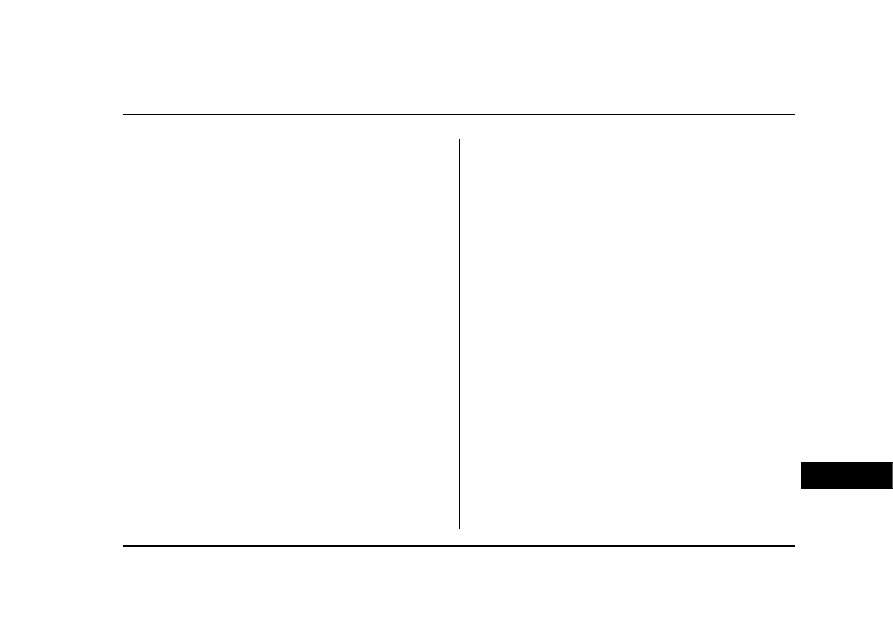Subaru Baja (2006 year). Instruction - part 28

12-1
12
Specifications ................................................
Dimensions .......................................................
Engine ................................................................
Electrical system ..............................................
Capacities ..........................................................
Tires ...................................................................
Wheel alignment ...............................................
Fuses and circuits ........................................
Fuse panel located behind the coin tray ........
Fuse panel located in the engine
compartment ..................................................
Bulb chart ......................................................